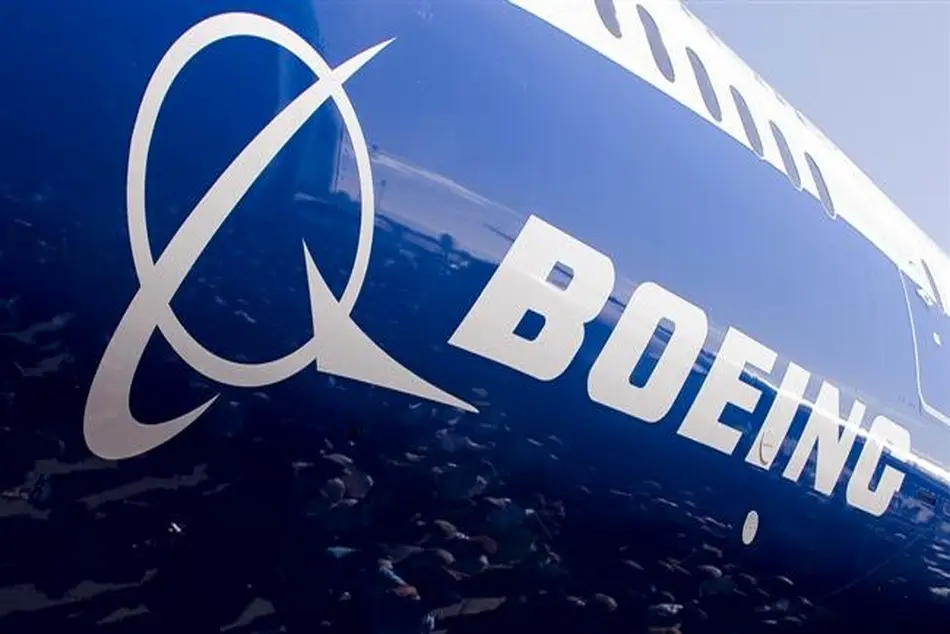GE Studies 747 Flying Testbed ‘Dust Buster’ Plan For GE9X In Dubai
DUBAI—As part of extensive preparations for entry-into-service of the Boeing 777-9 in the Middle East, GE Aerospace is studying a potential deployment of its 747-400 flying testbed equipped with a GE9X engine to the Gulf in early 2026.

DUBAI—As part of extensive preparations for entry-into-service of the Boeing 777-9 in the Middle East, GE Aerospace is studying a potential deployment of its 747-400 flying testbed equipped with a GE9X engine to the Gulf in early 2026.
The plan, which GE Aerospace says is yet to be confirmed, is believed to involve basing the 747 in the region for several weeks. Flights are expected to replicate an airline-like tempo and will verify the operability of the GE9X with the latest upgrades.
The campaign is also designed to validate results from dust-ingestion ground tests, the latest phase of which is currently underway at the company’s evaluation site in Peebles, Ohio.
The 747 testbed rarely travels outside the U.S. apart from maintenance visits. If deployed, this is thought to be the first time it will have participated in a pre-entry-into-service (EIS) campaign of this type. The evaluation engine, mounted in the No.2 inboard position on the left wing, will incorporate the newest production-build standard.
GE completed the first dust-ingestion test campaign for the GE9X in 2022 after amassing more than 1,600 engine run cycles. The latest ground tests in Peebles have used a bespoke GE-developed talcum powder-like particulate mixture that closely resembles the suspended dust found in the harsh operating environments of the Middle East.
A version of the same mixture was developed for similar tests on the CFM Leap-1 engine where it was injected into the inlet using a specially developed array. A larger version of the same array design is being used to distribute dust evenly into the GE9X’s 134-in.-dia. fan.
“We'll run a third [dust ingestion] test next year,” GE9X General Manager Cristina Seda-Hoelle says. “It's all about perfecting and maturing the design as much as possible ahead of EIS. For perspective, in the past, we would have done this type of testing five to six years after EIS,” she adds.
GE Aerospace is meanwhile preparing to file final reports to the FAA to approve the GE9X for extended twin-engine operations (ETOPS) on the 777-9. “We completed the test successfully,” Seda-Hoelle says. “Over the summer we disassembled the engine and laid out all the hardware. We brought the FAA in to inspect the hardware, and then we invited both customers and potential customers to come in and view the hardware for themselves.”
“Right now, we're working on submitting the final certification reports to the FAA by the end of this year,” Seda-Hoelle says. ETOPS certification is expected to be approved “by early 2026,” she adds.
The engine-maker meanwhile points out that upgrades it made to improve the resistance of the GEnx-1B high-pressure turbine (HPT) blade to dust-related—or calcium-magnesium-alumino-silicate (CMAS)—issues are bearing out in service on the 787. “This new upgraded blade has just surpassed 4,000 cycles in the region on our fleet leader engine, and it's still flying,” says Carlos Perez, vice president of Commercial Engines Systems Engineering at GE Aerospace.
“In neutral environments, our fleet leader is at 6000 cycles and continuing to fly. So this is what really provides us with significant confidence in our capabilities and the products that we're putting out for our customers,” Perez says.